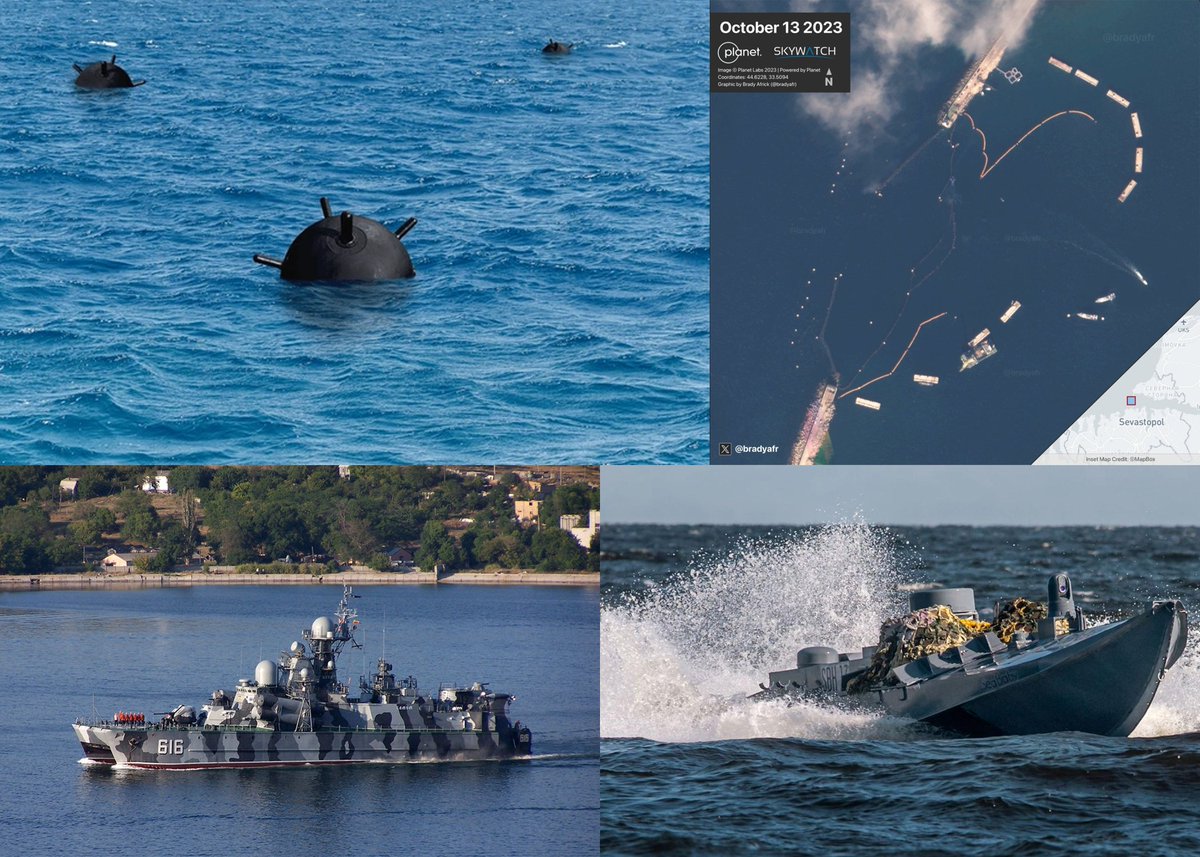On Saturday, June 22, an Estonian volunteer soldier died while going to help Ukraine in its fight for freedom. 42-year-old Martin Jääger died in a battle near the village of Raigorodka on the border of the Kharkiv and Luhansk regions on the Kupyansk-Svatovo line.
1/4
1/4

He became the third Estonian to fall for Ukraine during a full-scale invasion. He was part of the famous 3rd Assault Brigade of the Ukrainian army, which is currently fighting fierce defensive battles east of the village of Borovaya. Jääger served for more than ten years
2/4
2/4

in the elite Scout Battalion of the Estonian Defense Forces. In 2013, he participated in an overseas operation in Afghanistan as part of Estcoy-13. Martin went to help Ukraine a year ago.
3/4
3/4

He has been in Ukraine in various units, and ended up in the 3rd Assault Brigade just a month ago. My condolences to Martin's family and everyone who knew him
4/4
4/4

• • •
Missing some Tweet in this thread? You can try to
force a refresh






















